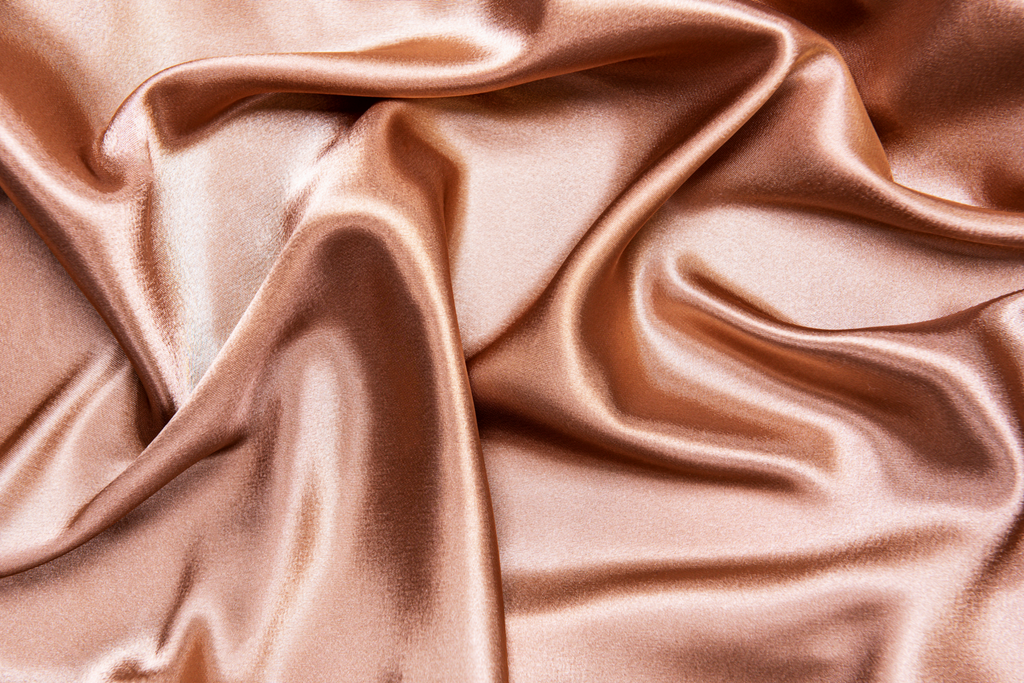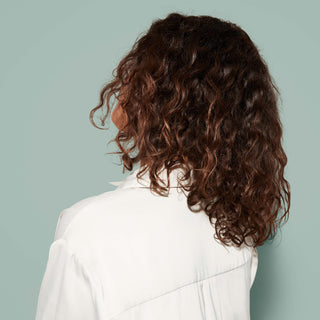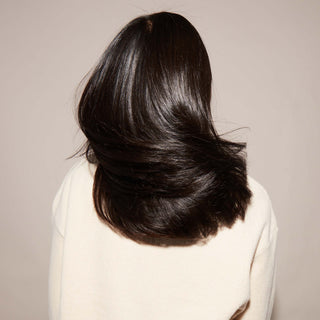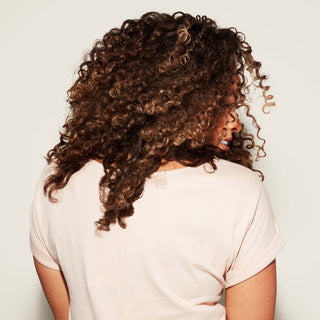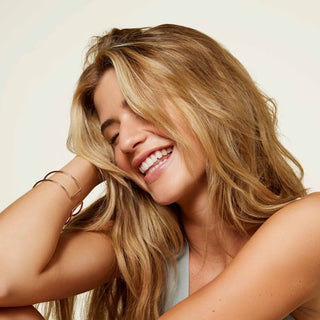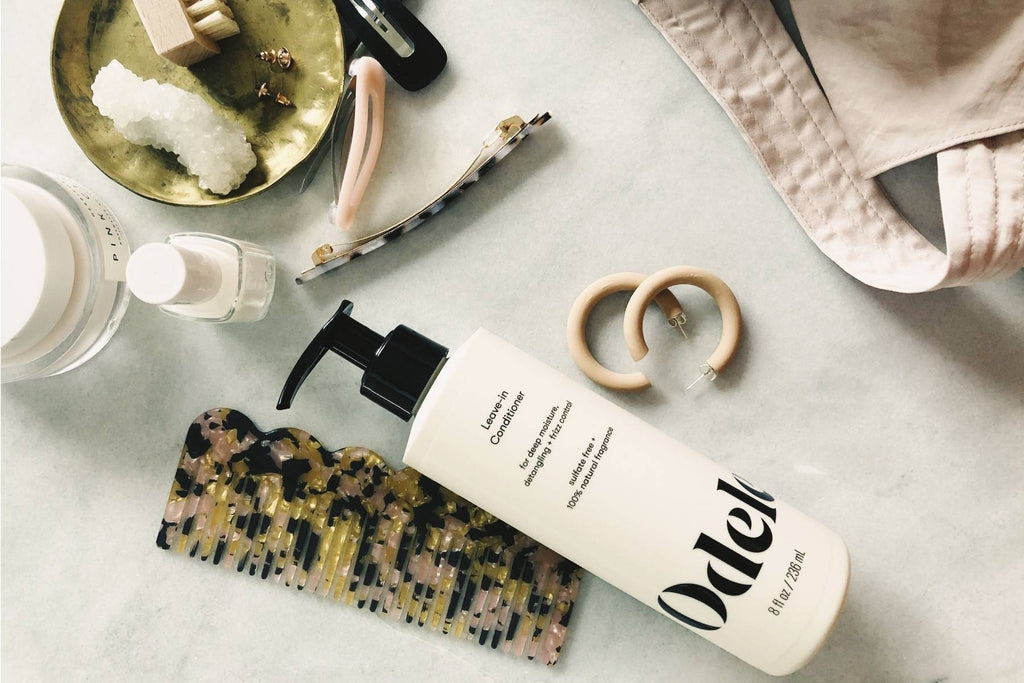You think you’ve perfected your nighttime routine. A good cleanse, some under eye cream, a little light reading, and no electronics within reach. You tuck into your fresh sheets and try to drift off… but you can’t. There’s a question pervading your mind re: bedtime. Am I doing enough?
First of all: yes. You are doing a great job, you’re fabulous.
Let’s say, however, you were to expand your beauty sleep toolkit with something simple-but-luxe that just might prevent frizz while you snooze. That sounds dreamy, right? We’re talking silk pillowcases—what they claim to do, what they actually do and if one is right for your bed (head).
All about silk
Unrelated to pillowcases (but related to the fact that we love history!), silk has a rich story of its own that goes back thousands of years. Legend has it that in around 2700 BC, the Chinese empress Ling Xi Shi was drinking tea in her garden when a silkworm cocoon landed in her cup. Watching the cocoon dissolve, she noticed it left a single, shiny thread. She decided to see what would happen if she weaved it and ended up developing sericulture (the science of silk production). In 2016, researchers found silk buried in an 8,500 year old tomb—the oldest evidence of the fiber uncovered thus far.
Silkworm cocoons actually repel dust mites in the wild, so it is a naturally hypoallergenic material. Amazing, huh? And definitely in accordance with our clean, fancy standards.
Today, most commercial silk comes from domesticated silkworms that have been bred to produce easy-to-unravel cocoons (and easy-to-dye silk—it doesn’t come pink… though that would be amazing). And here’s a drawing of four of these wonderful creatures for your/our research pleasure.

The benefits of silk pillowcases
Silk pillowcases have been marketed as a frizz-reducing, acne-reducing, wrinkle-reducing workhorse. Do they work? Well… yes and no.
Do silk pillowcases work for frizz?
Yes. The relationship between silk and protective hair care is nothing new. People with curly and coily hair have long slept in silk (and satin) wraps to protect their strands, and silk scarves have been a fashionable hair accessory for ages (even Beethoven apparently wore one—though he probably didn’t know it was also preventing ponytail breakage!).
The main reason silk pillowcases work as a frizz-fighter is pretty obvious when you hold one—they’re slippery! Instead of catching and tugging at your hair as you toss and turn through the night, silk allows your strands to slide. Less friction = less frizz and tangling come morning—an outcome made even better when coupled with smoothing shampoo and conditioner. (You’ll also be thankful for fewer tangles come hair-brush-cleaning time.
Do silk pillowcases work for wrinkles and acne?
Not really. The purported benefits of silk pillowcases for skin are a bit more complicated, and experts are less inclined to recommend them as more than a placebo effect.
According to a W Magazine article, dermatologists Dr. Jeanine Downie and Dr. Elizabeth Tanzi are both skeptical about silk’s wrinkle-tackling ability. “There have been no solid scientific studies to support the claim that silk pillowcases reduce skin aging,” Dr. Tanzi says. Dr. Downie agrees, with both doctors recommending sleeping on your back if you’re that concerned about face smooshing causing wrinkles.
The same goes for acne. Experts say there’s no data that shows a difference between silk, satin or cotton when it comes to stopping breakouts—it’s more a matter of how often you wash your pillowcase.
Do silk pillowcases work for moisture-retention?
Yes! When it comes to hair and skin care, silk holds one big benefit over cotton. Laura Dyer, a physician assistant at Dr. Amy Wechsler Dermatology in New York, touts silk’s ability to retain your skin’s moisture. While cotton is mega-absorbent and will draw moisture from your skin, silk keeps your face hydrated. The same goes for hair, which “actually retains moisture with silk” according to Dr. Downie. That means your beloved Leave-in Conditioner can do its job all through the night.

How do you choose your new sleeping companion?
If you’re still here (hi!), chances are you may be in the market for a silk pillowcase to escape your morning hair wildness. We can help with that, too.
When shopping, keep your eye out for a high momme (sometimes listed as ‘mm’), which describes fabric weight similar to thread count in cotton sheets. 22 momme or higher typically indicates a good quality silk.
There’s no research showing that a certain brand is better than any other, and more expensive does not necessarily mean nicer. When it comes to satin versus silk, both have similar benefits. Still, if you want the real deal, we would recommend silk (a natural fiber) instead of satin (a weave) because silk is stronger. (Pro tip: Keep your hair protected during waking hours with a silk scrunchie.)
No matter what you choose to rest your sweet head on, remember to wash your pillowcase regularly (sorry, we had to say it again!) and choose safe, clean hair products that work with your hair type to protect it while you sleep and while you’re awake. That’s where we come in.

